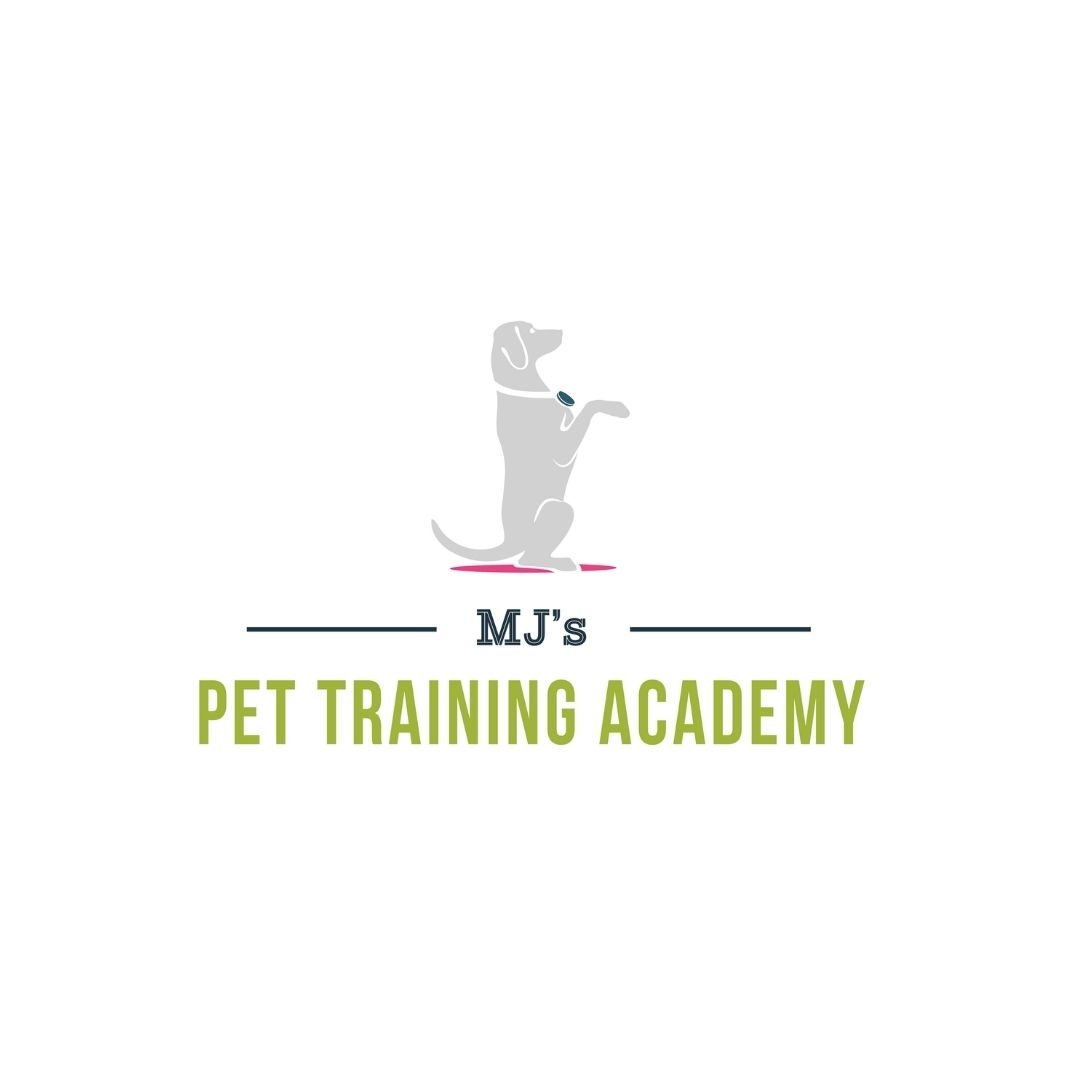How to Stop a Puppy From Pulling on the Leash
Enrichment Walks
Enrichment and longline walks are important for dogs and puppies.
It’s important to teach puppies how to walk on a leash before pulling becomes a habit. As your puppy grows and gets stronger, leash pulling can become more problematic. Addressing leash manners right from the start makes a big difference. Successful leash training involves enrichment walks, teaching dogs how to keep the leash relaxed, and settling practice while attached to the leash.
If your puppy becomes accustomed to a tight leash early on, pulling will likely increase. When you put your puppy on a leash and your pup runs out and hits the end, do you try to reel your puppy in and end up in a game of tug with every step? As the puppy grows, he will pull with even greater strength to encourage you to move forward with him. Instead, focus on teaching your puppy that a relaxed leash makes you move forward and makes you more interesting. Games are not the entire solution, but they can help speed up your leash training.
One game to try is taking a step forward and then stopping, calling your puppy before he reaches the end of the leash. Hold the leash in a relaxed way without sacrificing security. Take a step or a few steps forward and then stop and excitedly call your puppy. When your puppy turns towards you, deliver a treat at your side and offer some praise. Your puppy learns that getting close to you while on leash makes you more exciting because of the praise you give.
Another game is training with a spoon loaded with cheese. Use a long cooking spoon as an extension of your arm. With a bit of spray cheese on the end, you can lure your puppy to your side. Take a few steps as your puppy follows the spoon. When your pup walks near you calmly, while licking the cheese, say “yes,” to mark the correct walking and then give your puppy a treat at your side. That’s an added treat in addition to the lure.
Pulling can sneak up on you. To prevent this, give yourself visual reminders that will serve as a cue for the goal: never move forward when the leash is tight. Teach your puppy from day one that a relaxed leash leads to rewards. This means that you will be guiding your pup a lot. Guidance comes from your voice and body language. You should call your pup close to you before he hits the end of the leash. You must be paying attention to your puppy. Reward the pup for successful movement on leash.
Even when you are taking your pup out for a quick potty walk, paying attention to the position of the leash is important. It’s easy to forget, but if you follow along behind your puppy as the puppy pulls, you are only teaching him that pulling works. Guide your puppy back to you with your voice and praise him for walking without pulling.
All dogs should have the opportunity to sniff and explore their surroundings. If you always try to restrict your pup to walking beside you, you are taking away something important. Longline walks should be a part of every puppy’s leash training. Being on a longline allows your puppy to explore and move around without being on a tight leash. Longline walks are suitable for use in the yard or open areas, but should never occur on the street or sidewalk. A longline is a long leash that does not retract. It takes a bit of practice, but getting used to handling the longline can help you provide your puppy with a successful enrichment walk.
Another part of leash training for young puppies is getting them used to wearing the leash calmly, even when you’re not moving. Occasionally, put the leash on and work on rewarding your puppy for settling calmly while attached to it. The leash should not always signal an exciting walk.
To train your puppy for leash success, don’t try to force your pup to heel. Instead, provide relaxing leash walks and work on teaching your puppy to notice leash tension. If you reinforce a relaxed walk and are careful not to let your puppy pull you around, stopping and changing direction as needed, you are well on your way to a young dog that will be a pleasure to walk. Most importantly, ensure that the enrichment and social needs of your puppy are met for optimal success and a strong relationship with your pet.

